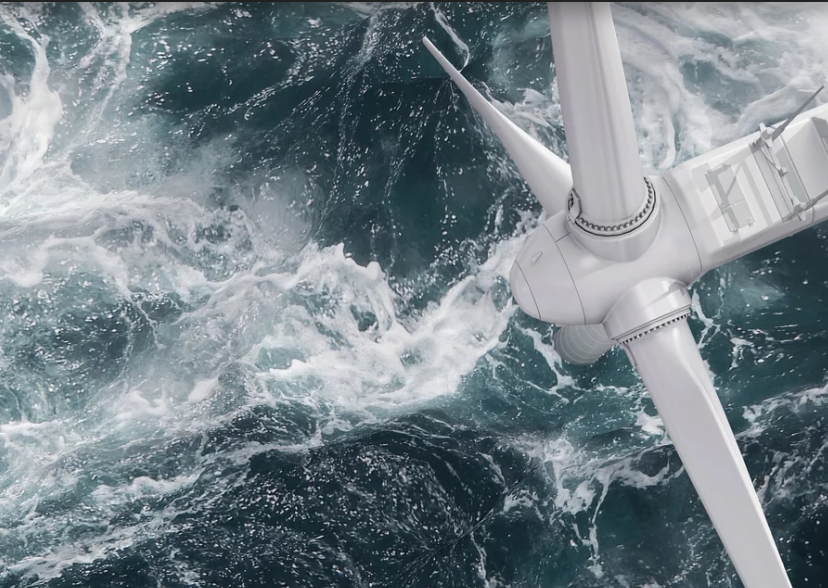The contract represents the largest offshore grid connection order in Siemens Energy's history
The German transmission system operator Amprion has awarded the world's first order for two offshore grid connection systems to Siemens Energy. In total, up to four gigawatts of green electricity from several offshore wind farms in the German North Sea can be transported to shore – enough electricity to meet the needs of about four million people. The contract for the consortium is worth a total of more than €4 billion including maintenance for 10 years. For Siemens Energy it is the largest offshore grid connection order the company has received to date.
"The wind energy industry has repeatedly achieved outstanding technological advances in recent years, be it in the performance of wind turbines or grid connections,” said Tim Holt, member of the Managing Board of Siemens Energy. “The two-gigawatt system fits in seamlessly here, making the transmission of green power more efficient and creating standardization where individual designs were previously necessary. Developments in the industry have taken time, which must no longer be wasted against the backdrop of ambitious offshore expansion targets and the drastic consequences of climate change," added Holt.
With the Wind Energy at Sea Act, the German government set the framework for further expansion of offshore wind energy in Germany: Installed capacity is to increase to at least 30 GW by 2030 and as much as 70 GW by 2045. However, this requires more than just new wind farms. More powerful high-voltage direct-current (HVDC) transmission systems must be built to transport electricity over long distances. The increase in transmission capacity to two gigawatts represents a decisive technological leap, as more wind farms can now be connected to the grid via the new systems. Siemens Energy's recently implemented projects had a transmission capacity of 900 megawatts (MW). Siemens Energy used a "bipolar configuration" design to create the two-GW systems, meaning they can effectively operate at twice the voltage and transmit twice the power. The new projects are among the world's first offshore grid connections of this type.
Siemens Energy's scope of supply consists of two converter platforms at sea and two associated stations on land. The wind turbines generate alternating current and feed it into the converter platforms, which convert the alternating current into a direct current. Only in this way can large amounts of energy travel the long distance of around 390 kilometers (242 miles) each to the two converter stations on land via a direct current cable. The converter stations on land are being built near Wehrendorf in Lower Saxony and Westerkappeln in northern North Rhine-Westphalia.
European technology for the energy transition
Siemens Energy will manufacture all major high-voltage equipment for the two connection systems, such as converter technology, transformers, and switchgear, in Germany and will assume the systems’ complete maintenance for a period of 10 years. This includes services to ensure cyber security and transport logistics, such as the provision of service ships and helicopters. The Spanish consortium partner, Dragados Offshore, is responsible for the construction and offshore installation of the associated platforms. Construction will take place at the company's shipyard in Cadiz, Spain.
In addition, the systems are designed to be integrated into multi-terminal-systems in the future. Instead of pure point-to-point connections, several direct current connections could converge in one station. These direct-current grids on land and on the high seas (as offshore hubs) are intended to bring electricity to consumers more flexibly and quickly. The converter systems will then act as electricity hubs at the grid nodes that transmit the electricity according to the demand situation.
The connection systems are expected to transmit power as early as 2029 and 2030, supporting Germany's accelerated energy transition goals.
